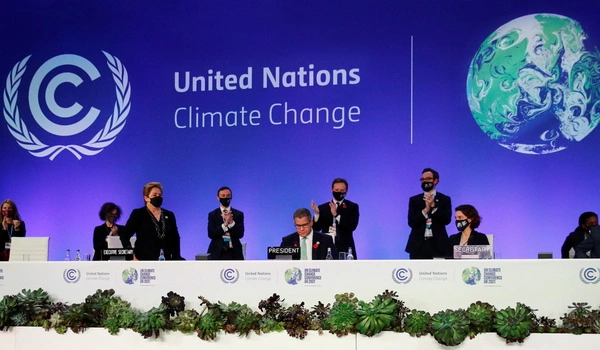According to two new reports, the United States is doing a poor job of keeping promises made to combat climate change. According to a global assessment of countries completed by Yale and Columbia, the United States presently ranks 43rd out of 180 nations reviewed by Columbia and Yale in their most recent Environmental Performance Index (EPI). That’s a significant drop from the previous time the researchers ranked countries in 2020, when the US was ranked 24th.
When it comes to climate indicators alone (the study also takes into account countries’ progress on other types of pollution and measures to conserve ecosystems), the United States dropped all the way to 101 from 15th place. The US’s ranking was reported by The New York Times today ahead of the full EPI scheduled to be released tomorrow.
Moreover, despite President Joe Biden’s pledges to eliminate enough pollution this decade to avoid the world from spiraling into a much worse climate calamity, a recent report published in the journal Science reveals that the United States is far from meeting its carbon-cutting targets. To bring the United States back on track, a massive effort will be required to revamp the country’s electricity and transportation networks.
The authors of the report examined six main energy and economic models to determine what is required for the United States to truly follow through on its goal to cut emissions in half. All six models agreed that, in order to attain the stated emissions targets, the nation’s grid and transportation systems needed to be rebuilt.
According to the New York Times, the latest EPI reflects Donald Trump’s shift in climate policies from 2017 and 2019. During his presidency, Trump repealed hundreds of environmental laws and pulled the United States out of the historic Paris climate agreement.
The Paris accord commits nearly all of the world’s nations to emissions reductions aimed at keeping global warming well below 2 degrees Celsius (measured as an increase against the pre-industrial era). Research shows a 2-degree Celsius increase would trigger devastating losses to ecosystems and the people who depend on them.
Biden recommitted the US to the Paris Agreement almost immediately after stepping into office. But since then, his efforts to pass legislation to move the US to clean energy more swiftly have been stymied in Congress. Last year, Biden pledged to cut US carbon dioxide emissions by at least 50 percent from 2005 levels by the end of the decade. That’s in line with what’s needed globally to meet the goals of the Paris Agreement.

But it’s not in line with what’s actually happening on the ground. Current policies are only projected to cut the US’s energy emissions by between 6 and 28 percent by 2030, according to an analysis published last week in the journal Science.
The authors of the report examined six main energy and economic models to determine what is required for the United States to truly follow through on its goal to cut emissions in half. All six models agreed that, in order to attain the stated emissions targets, the nation’s grid and transportation systems needed to be rebuilt. Much more of our economy has to be powered by sustainable energy sources like wind and solar. The models agree that coal should be phased out of the country’s electricity sector. Wind and solar capacity would also need to grow two to seven times quicker than in the previous decade.
The Biden administration has moved to phase out gas-guzzling cars but not aggressively enough. Biden signed an executive order last year that aims for half of all new cars to be hybrid or electric vehicles by 2030. Closer to 70 percent of new cars sold need to be EVs by 2030, the new paper finds.
The United States’ greenhouse gas emissions have decreased over time as a result of lower renewable energy prices and a commensurate decrease in per capita energy use. However, according to the lead author of the Science article, the pace of greenhouse gas reductions in the United States must be three times faster in order to meet Biden’s proposed 50% reduction in carbon emissions. And, given that the United States is currently the world’s second-largest climate polluter behind China, what happens next is critical for the entire globe.





